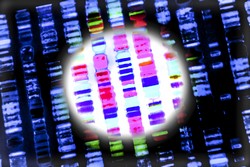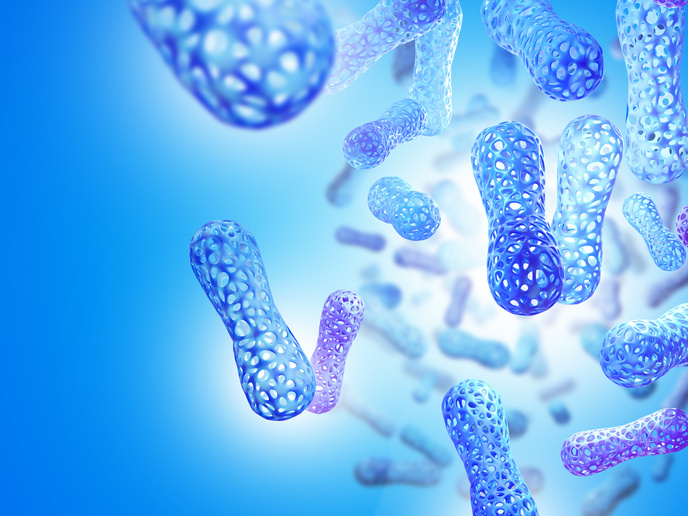Genome retrotransposons and human diseases
TEs, classified according to their mechanism of transposition, represent one of several types of mobile genetic elements. Comprising up to 50 % of the genome, TEs are responsible for much of the mass of DNA in eukaryotic cells. The class I TEs or retrotransposons generally function via reverse transcription, and class II TEs or DNA transposons encode the enzyme transposase, which they require for insertion and excision. Some of the TEs, termed LINE-1 (L1) and SINE, are active in the human genome. These elements move in the genome using an intermediate RNA and a reverse transcriptase activity by a copy and paste mechanism. Their random mobilisation can impact the human genome, leading to the appearance of mutations and a wide range of genetic disorders. Thus, the host has tight control over the activity of retrotransposons. The EU-funded L1-DIGEORGESYNDROME (Role of LINE-1 retrotransposons in the human disease DiGeorge Syndrome) project studied mechanisms of control of the activity of these TEs, which are still not fully understood. Project members confirmed previous observations that the Microprocessor (Drosha-DGCR8) complex controls the activity of mammalian retrotransposons. Researchers demonstrated that the Microprocessor can process the 5´UTR of some TEs, resulting in a strong and stable RNA secondary structure in vitro and in vivo. Outcomes indicate that the Microprocessor represses mammalian retrotransposons by binding and processing secondary RNA structures in their intermediate RNA molecules. Importantly, the synthesis of microRNAs (miRNAs) is the best-known function of the Microprocessor. The project described a new role for let-7 in controlling the activity of mammalian L1 retrotransposons and maintaining genomic integrity. The defect in the Microprocessor complex caused by microdeletion of the fragment on the chromosome 22 is linked to the disorder known as DiGeorge Syndrome. The discoveries of the project might open avenues for gene therapy to cure this deadly syndrome.







